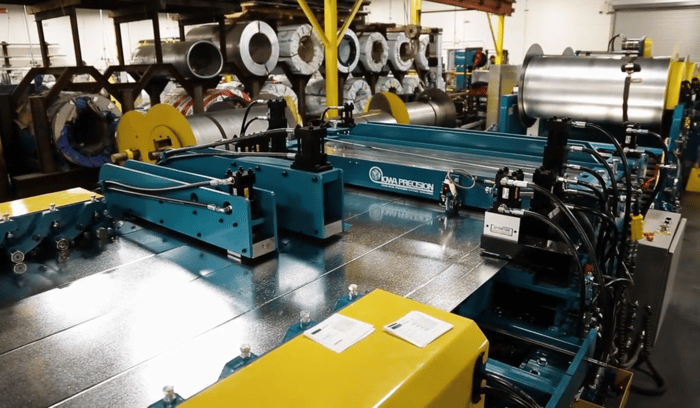In order to stay ahead of the competition and increase the profitability of their businesses, most contractors in the manufacturing space prioritize improving their productivity while reducing waste. In some cases, one major change, like purchasing a new machine or reworking one element of your shop layout, can make a significant difference in efficiency. However, incorporating these larger investments along with a culture of continuous improvement, often focused on smaller, more incremental solutions, can help your team develop its problem solving skills and build a more efficient shop environment. Here are some of our top tips for implementing continuous improvement strategies into your fab shop.
Keys to Successful Continuous Improvement in Manufacturing
- Be aligned. The best way to begin implementing continuous improvement is to get your entire team on board with your shared goals. Part of continuous improvement hinges on building a mindset focused on problem solving across your business, empowering each person to look for potential wastes and ways to optimize processes every single day. Over time, this builds capability and creates more problem solvers working toward the same incremental change you're seeking. By ensuring your whole team, from management to operators, is aligned with a clear vision, strategy, and objectives, you will see your productivity and product quality improve more effectively over all.
- Be transparent. In order to identify challenges and find solutions in your shop, you and your team will need to be transparent about what really goes on in the day to day of your operation. While auditing your processes and looking for inefficiencies, your team must be clear and truthful about their work and areas for improvement. Turning to peers as well as industry partners with the problems you're looking to optimize presents another opportunity for growth through transparency. While some hesitancy to reveal all your "secrets" is to be expected, sharing your pain points with trusted partners in the industry is one of the best ways to find out how your peers are dealing with the same challenges, ensuring your business does not fall behind.
- Educate and implement. Finally, make use of the educational resources available through the industry to guide you. Industry associations like SMACNA offer a variety of training programs, events, and other resources aimed to educate sheet metal contractors and develop the skills of their operators. Many manufacturers also offer equipment training and other shop optimization services for their customers. However, even more critical than seeking out and taking advantage of these resources is remembering to apply what you've learned to your processes. Holding follow up discussions and deciding on next steps after these educational opportunities can be one of the best ways to ensure your learning is actually being implemented, and performance audits can verify the growth value of this employee training and education.
Continuous improvement represents a strategic growth mindset with a focus on optimizing processes and minimizing waste in terms of material, labor, and time. By aligning your team, remaining transparent about opportunities for progress, and investing in education and training, you can help your employees develop their problem solving skills and your business gain a more competitive edge.


